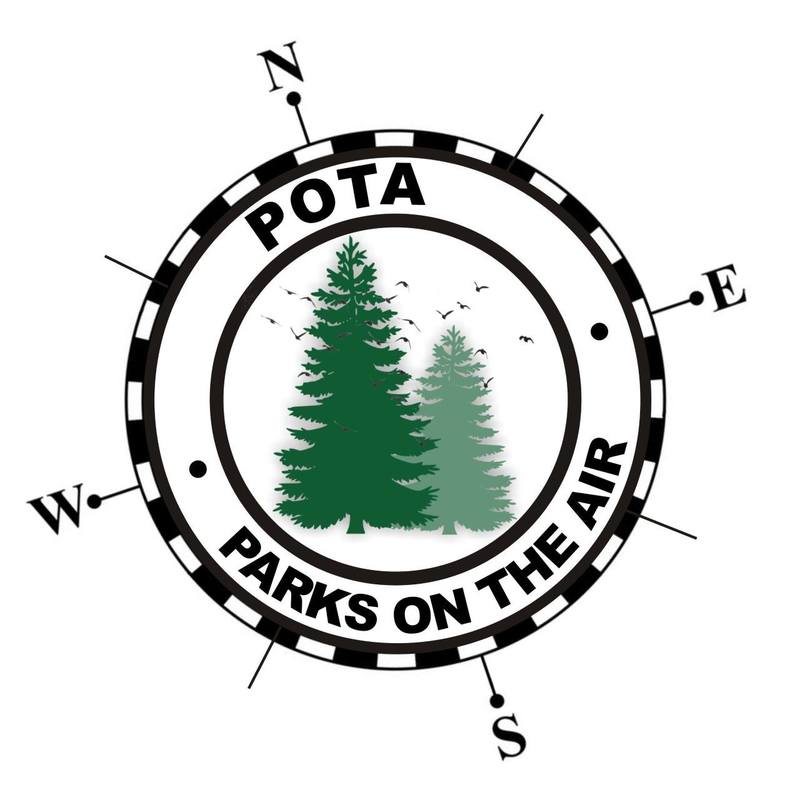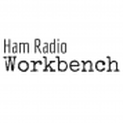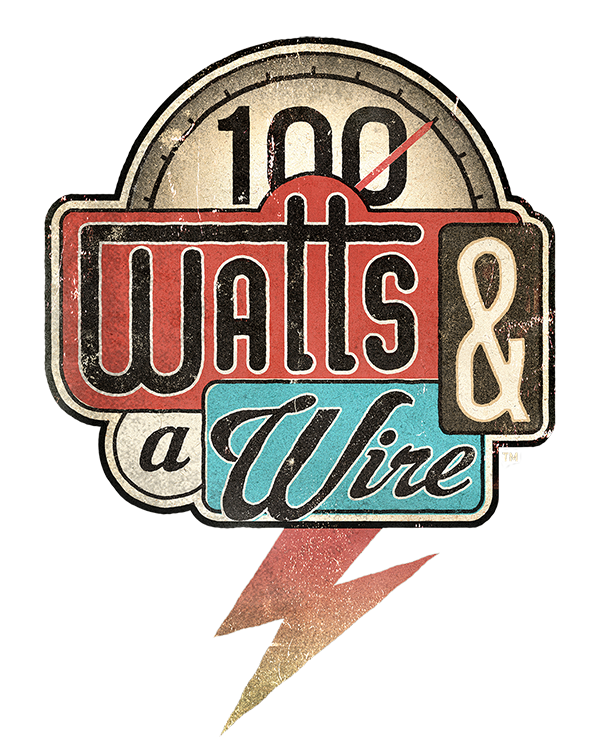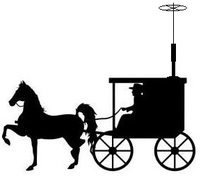Like many things, there is a lot of back forth when questions like these come up. There are things like questions about how much it really matters when you consider how compromised a mobile antenna is, where is the matching device located, how long is the coax, etc. With that in mind, I'm considering a small experiment:
- Put in the whip matched from resonance, and set the MFJ matching unit to the appropriate setting.
- Put the field strength meter some set distance from the antenna (15 feet?)
- Transmit a carrier on low power - maybe 5 or 10 watts
- Calibrate the field strength meter to mid-scale
- Switch to the second whip, matched from low SWR, and set the MFJ matching unit to the appropriate setting.
- Transmit a carrier on the same low power setting as step 3
- Compare the reading on the field strength meter









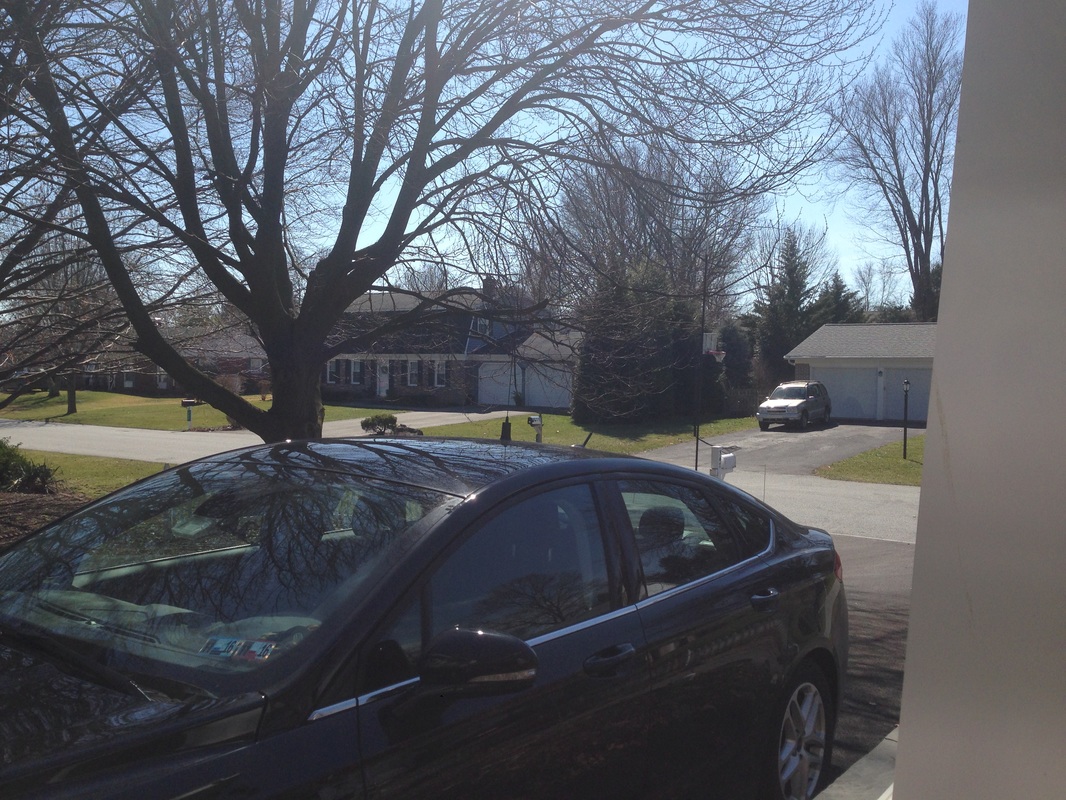
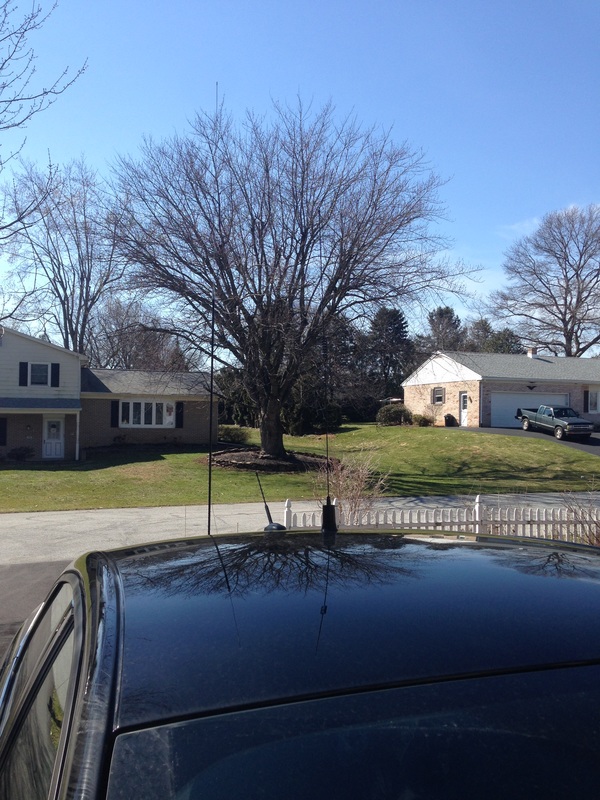
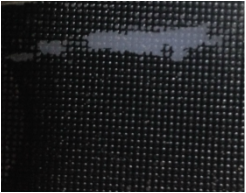
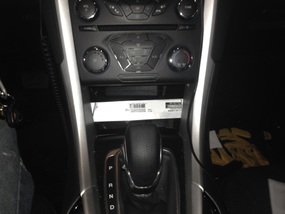
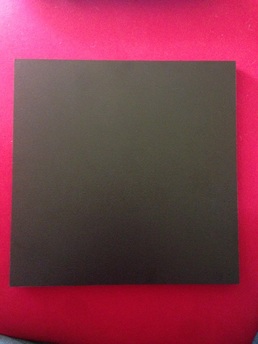
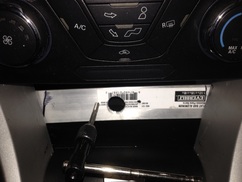
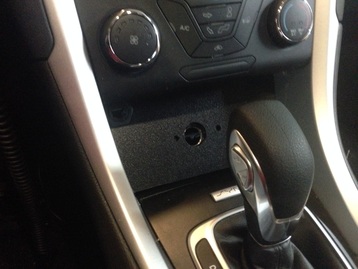
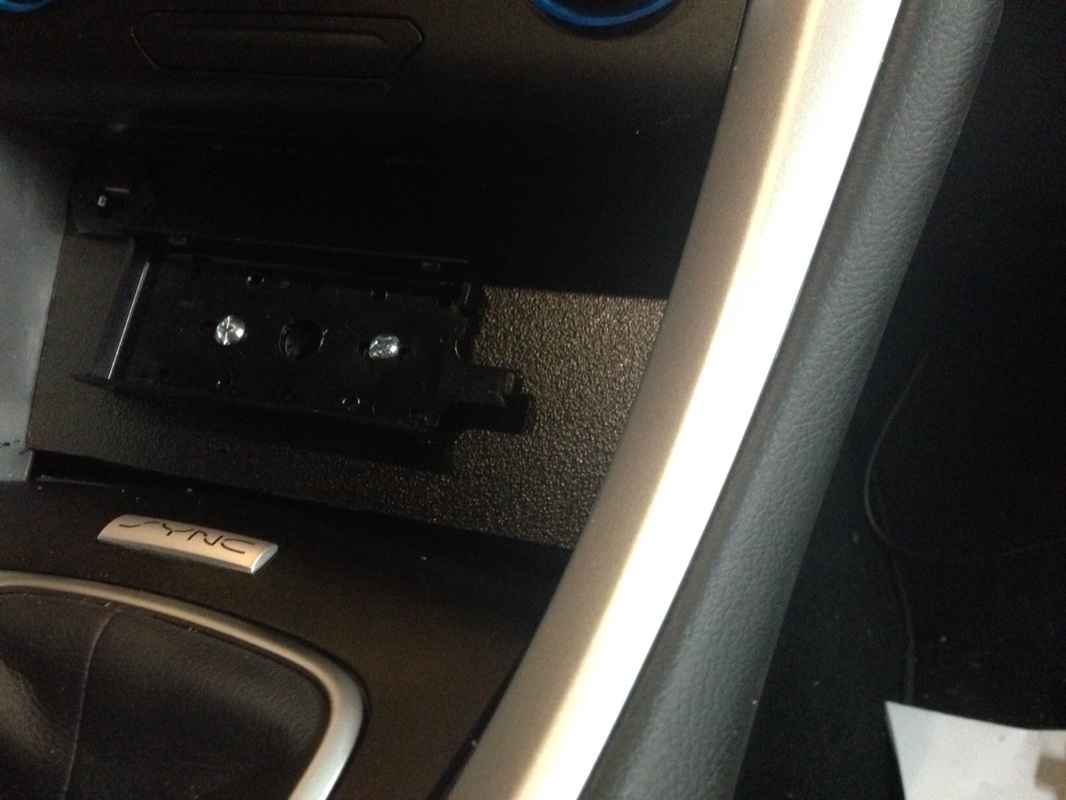
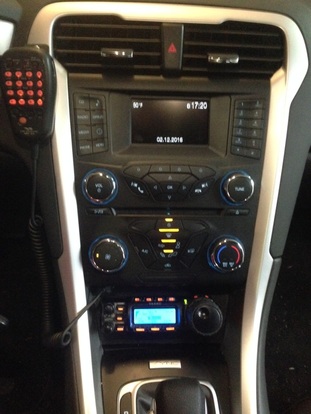

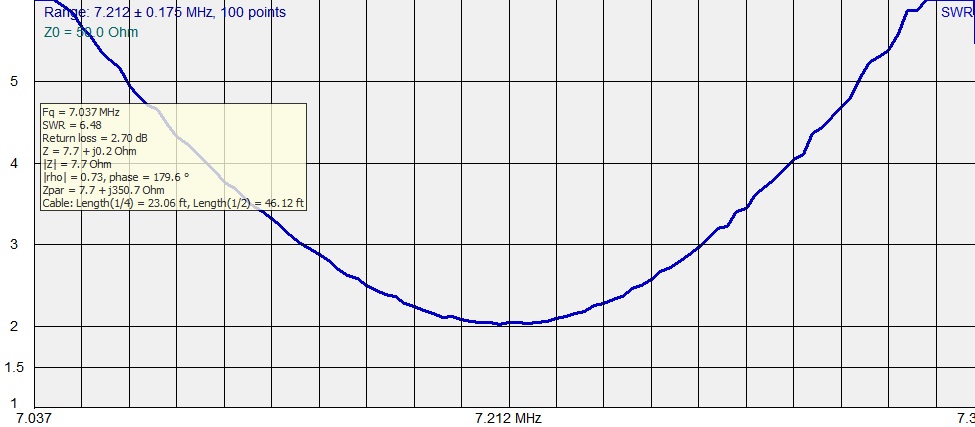
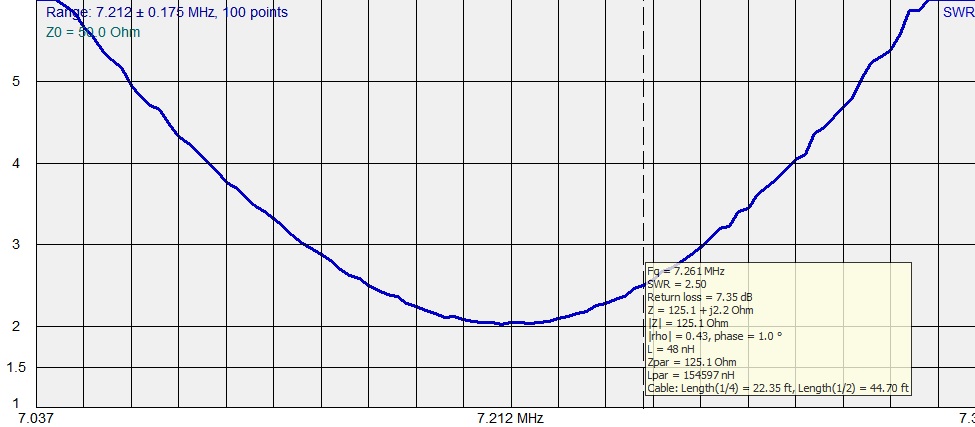
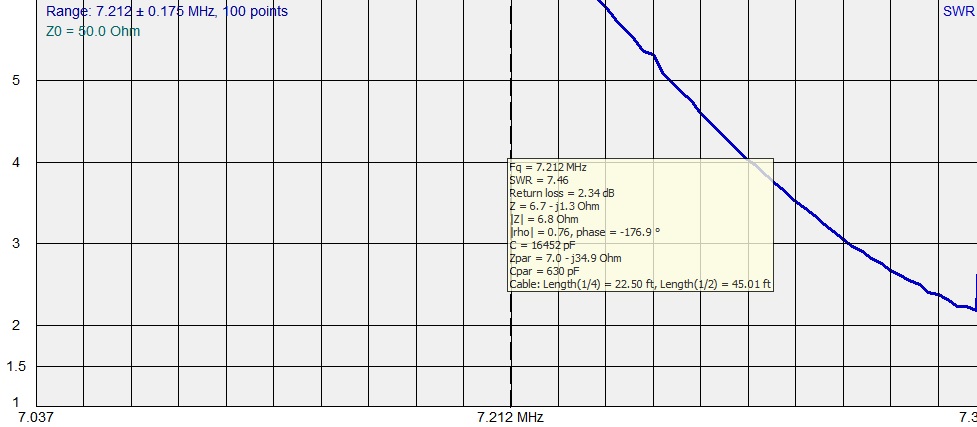
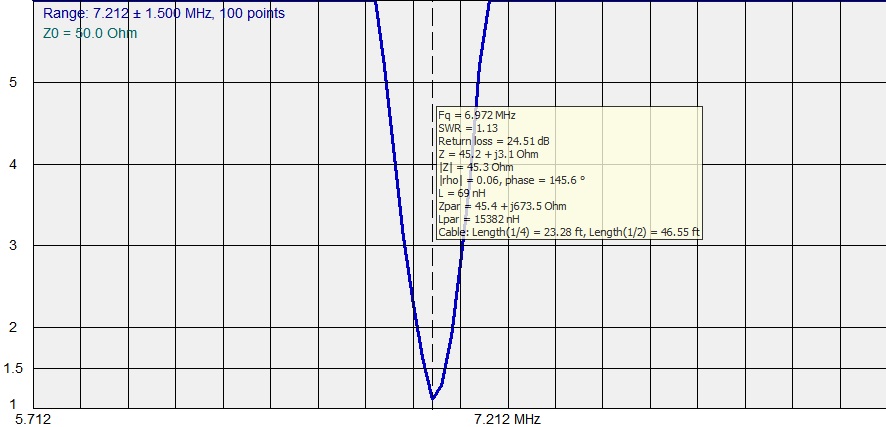
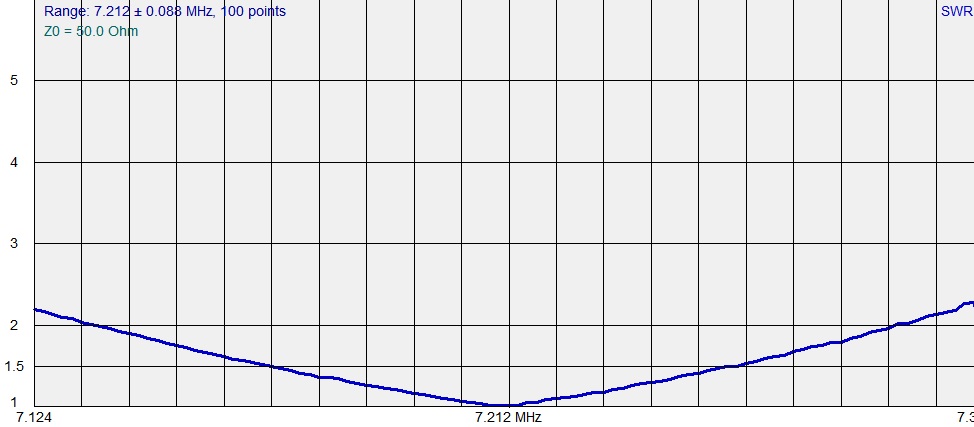
 RSS Feed
RSS Feed
